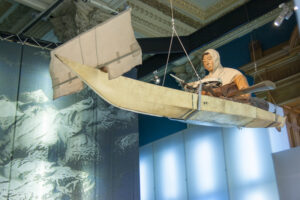
Kayaks come in many forms each designed to fit a certain niche so to speak. Kayaks were historically used by indigenous peoples of the northern latitudes for hunting and fishing in their icy costal waters. A traditional Eskimo kayak would be made from seal skins sewn together stretched over a driftwood frame and paddled solo with a double bladed paddle. Most of today’s recreational kayaks follow the same basic form.
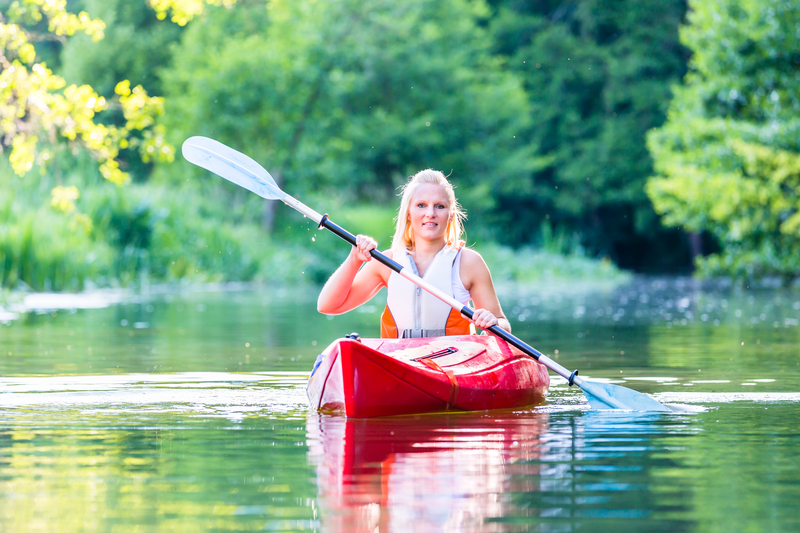
SIT INSIDE KAYAKS: Following the form of the traditional Eskimo kayak, the paddler sits on a small pedestal seat on the floor in the center of the kayak with legs stretched out and feet resting on adjustable foot braces. This creates a very low center of gravity and gives the paddler great stability and a wonderful feel of control over the boat. Solo kayaks are swift and maneuverable making it easy to zip around and explore the river.
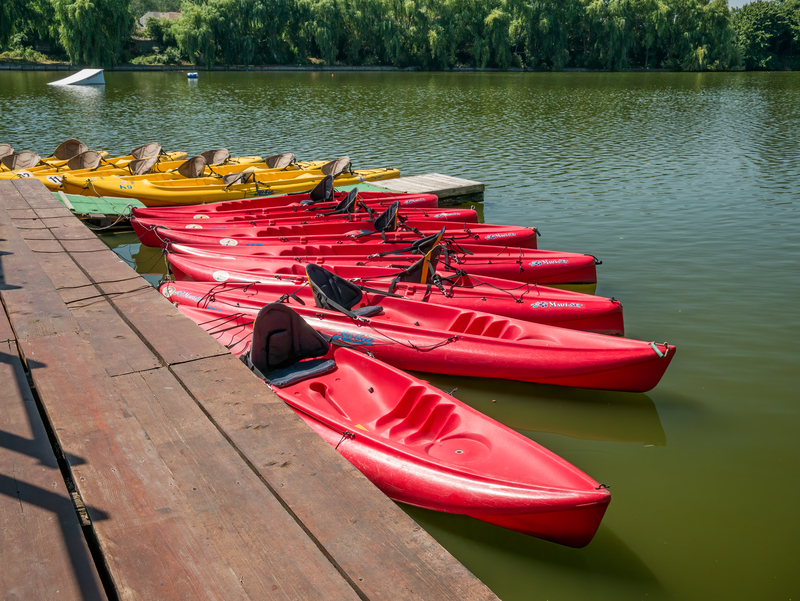
SIT ON TOP KAYAKS: The kayak itself is a sealed unit with a seat molded on to the top. These boats have the advantage of being “unswampable” and easy to get on and off, but have a higher center of gravity and lack the feel of a sit inside. Equally maneuverable, sit on tops are good in low water if you have to unweight your boat from time to time to dislodge it from a rock or ledge. Please note: we use mostly sit inside kayaks, but we do stock some sit on top kayaks for those who prefer them.
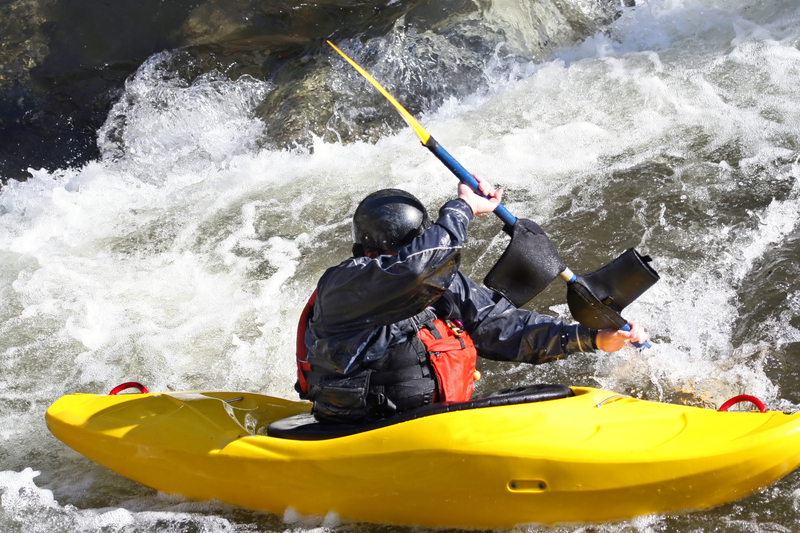
WHITEWATER KAYAKS: True whitewater kayaks are very round on the bottom and have lots of rocker which gives them great feel and makes them highly maneuverable, and very unstable. The paddler constantly has to have a paddle in the water just to keep from flipping over. Mounted with spray skirts, these kayaks are designed to roll back up if they do flip, unlike the kayaks described above that are not designed to roll. It takes practice and skill to paddle one of these suckers, but the thrill of the ride is worth it. (Please note, we do not rent whitewater kayaks).
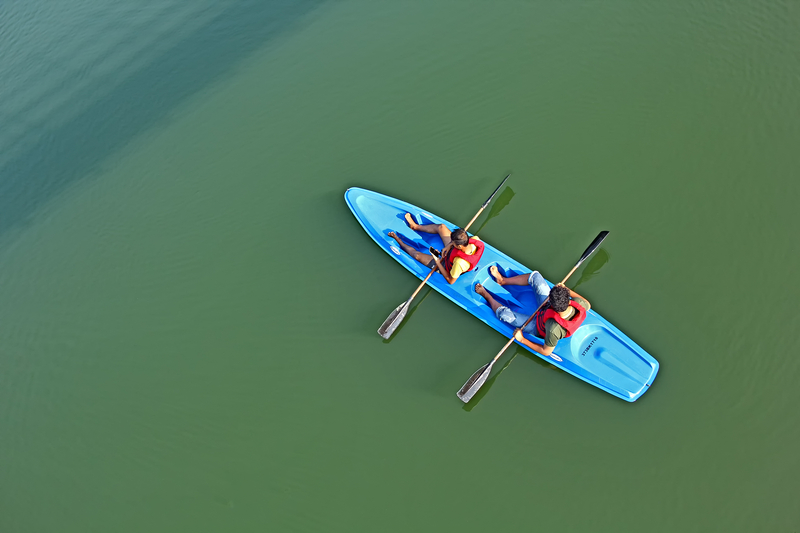
TANDEM KAYAKS: These two person kayaks do take some practice to paddle correctly and require the three “C’s”, cooperation, coordination, and communication. We call them divorce boats (Would you like a lawyer with that?). Tandems, like canoes, are steered from the stern or aft position, are not particularly maneuverable, and are slow to respond. Tandems are fast in a straight line, but don’t do particularly well in low river levels which require a lot of maneuvering.
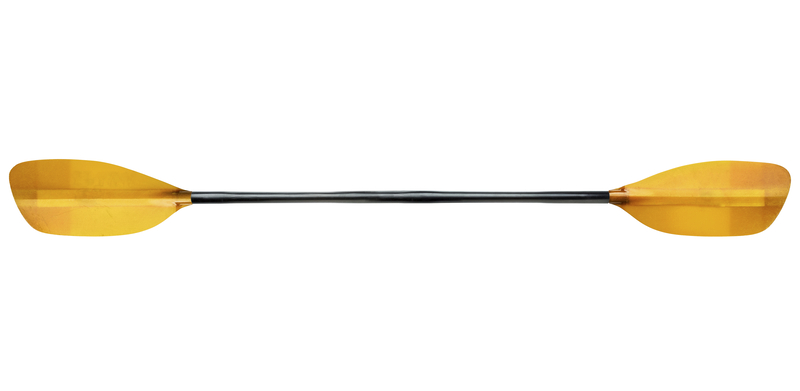
KAYAK PADDLES: Kayak paddles are fairly long for better reach. We use mostly 220 cm double bladed paddles (just over 7 feet). We use paddles with fixed position blades on the same plane (like traditional Eskimo paddles). Most experienced kayakers use paddles with about a 60 degree right or left hand offset which are more efficient but take some getting used to. Many paddles today have adjustable offsets, but this creates a weak point which makes the paddle less durable.
STEERING: Kayaks can be steered by dragging your paddle in the 4 to 5 o’clock position to turn right, or the 7 to 8 o’clock position to steer left. By using a combination of strong or double strokes on one side, and weaker or even back strokes on the other side, solo kayaks can turn on a dime and then have quick acceleration, so they do great in low water conditions where maneuvering is a must. Shorter kayaks are easier to maneuver, but need irritatingly constant course correction and are usually lower volume. We favor longer, sit inside kayaks. They don’t turn as fast, but they float higher because or their higher volume, and they have a lovely glide.
So kayakers, you have your choice. Sit inside for maximum feel and stability, Sit on top for easy on and off, or tandem for you and you’re soon to be former spouse. Whichever you choose, the Shenandoah River is a great learning and practice venue for kayaking.
